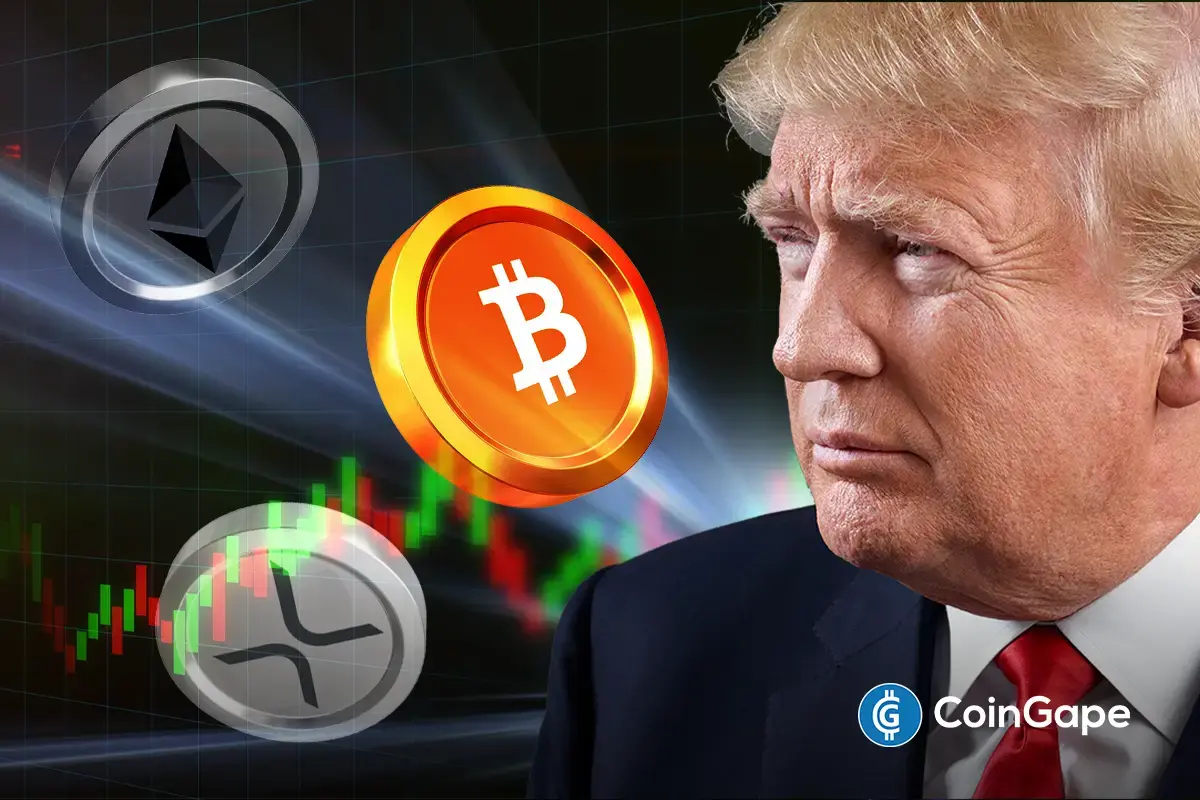Market
How Will XRP Ledger Boost RWA Tokenization? Experts Weigh In

Ripple is actively promoting the XRP Ledger (XRPL) as the ideal blockchain for tokenizing real-world assets (RWA) on an institutional scale. Ripple emphasizes security, scalability, and interoperability, positioning itself as a dependable platform for decentralized finance (DeFi) and managing tokenized assets.
In a recent exclusive interview with BeInCrypto, Ross Edwards, Senior Director for Solutions and Delivery at Ripple, offers insights into why the XRPL is uniquely positioned to bridge traditional finance with DeFi.
Instant Settlement, Stability, and Lower Risk: Why XRPL is Suitable for Financial Institutions
When discussing the XRPL’s role in transforming institutional finance, Ross Edwards was unequivocal about its foundational advantages. He pointed out the unique benefits that make the blockchain stand out for institutions looking to tokenize RWAs.
For Edwards, the key to XRPL’s success lies in its design. For instance, he highlighted that the XRPL’s transaction speed—settling in just 3 to 5 seconds at minimal cost—addresses the high costs and delays often associated with traditional financial systems.
“The XRP Ledger enables instant settlement of value, together with transparency and auditability that can really change the risk profile of transactions,” he explained.
Read more: What is The Impact of Real World Asset (RWA) Tokenization?
He also elaborated that the XRPL employs a strong governance mechanism. This allows the community to introduce amendments to meet its needs, including those of financial institutions.
Moreover, it eliminates the need for custom writing, deploying, and managing smart contracts, as well as the associated audits. These functionalities ultimately will reduce risks, which is crucial for financial institutions.
“It was built for creating value and assets on-chain, for holding those securely, for trading and transferring those assets. So, it’s natively built for this. The XRP Ledger is a proven technology. It’s been running for 11 to 12 years. It’s extremely stable. […] You simply have to call the APIs of the XRP Ledger to enable those use cases,” Edwards argues.
Additionally, the Automated Market Maker (AMM) is one of Ripple’s core innovations on the XRPL. This feature, integrated directly into the protocol, allows institutions to engage with DeFi securely without the need for potentially unreliable third-party smart contracts.
What sets the XRPL’s AMM apart is its ability to aggregate liquidity across the protocol. Ripple’s liquidity strategy is specifically designed to meet the needs of institutional users.
By incorporating the AMM into the XRPL’s decentralized exchange (DEX), the process for institutions to participate in DeFi is simplified. Such a mechanism ensures both security and efficiency for large-scale operations.
The XRPL’s AMM is also capable of consolidating liquidity from across the protocol. This system ensures that institutions have access to substantial liquidity pools and can execute transactions at the most favorable prices. Moreover, it effectively minimizes slippage—a significant concern for institutions executing large transactions—and guarantees continuous liquidity for trading purposes.
Additionally, the introduction of the Multi-Purpose Token (MPT) standard will allow institutions to create complex token structures representing various asset classes. Set for release in Q3, MPT will provide greater flexibility for institutions looking to tokenize and manage diverse portfolios of assets on the XRPL.
Ripple is also looking to expand the use of the XRPL for institutional DeFi with the upcoming launch of Ripple USD (RLUSD), a fully-backed stablecoin pegged to the US dollar. Edwards sees this stablecoin as a significant step toward improving liquidity and cross-border transactions for institutions using the XRPL.
“If you’re going to work in the real-world asset tokenization space, stablecoins are a must-have. It’s going to continue to grow in importance, not just importance in the crypto world but actually importance in the financial world. And that’s why Ripple believes that issuing Ripple USD will add to the existing stablecoins out there. They will suit specific institutions and specific use cases and really help fuel or continue the growth of tokenization overall,” he said.
Leveraging DIDs and Strategic Partnerships for Growing Impact in Tokenized Assets
Besides solid infrastructure and technologies, security and compliance are paramount for institutions, especially in tokenized assets. In a prior conversation with BeInCrypto, Ripple’s Markus Infanger, Senior Vice President of RippleX, highlighted how the XRPL leverages Decentralized Identifiers (DID) to address these concerns effectively.
By integrating DIDs, the XRPL enables institutions to securely and verifiably manage user identities, facilitating compliance with Know Your Client (KYC) and Anti-Money Laundering (AML) standards. This integration helps minimize the risks of fraudulent transactions by streamlining KYC/AML processes. As a result, it enhances both security and regulatory adherence for tokenized asset transactions.
“The combination of these features, as well as others proposed to support institutional DeFi on the XRPL, such as a native Lending Protocol and Oracles, are making it easier to integrate tokenized real-world assets into on-chain financial infrastructure. Ultimately, DeFi provides new financial rails for actions such as trading, collateralizing, investing, and borrowing. Bringing real-world assets on-chain and exposing them to these rails opens up new opportunities—which is the real value of tokenizing real-world assets,” Infanger elaborated.
The increasing use of the XRPL in institutional finance stands out through its partnerships with key industry players. For example, Ripple’s partnership with OpenEden led to the introduction of tokenized US treasury bills (T-bills) on the XRPL.
Similarly, Ripple has partnered with Archax, the UK’s first regulated digital asset exchange, broker, and custodian. Archax plans to bring hundreds of millions of dollars in tokenized RWAs onto the XRPL in the coming year.
Balancing Short-Term Gains and Long-Term Growth in Tokenization
Despite the XRP Ledger’s strong foundation for institutional adoption, it has faced some challenges, particularly in on-chain activity. A recent report revealed that in the second quarter of 2024, the number of transactions on the XRPL fell by over 65% compared to the first quarter. This decrease is also seen in transaction volumes and overall DEX engagement, where trading volume fell by nearly 43%.
The average transaction cost on the XRPL also increased substantially. In Q2, the cost of transactions more than doubled compared to Q1, rising by 168%, which could contribute to the drop in activity. Additionally, fewer new wallets were created on the network, with wallet growth decreasing by 45.8%.
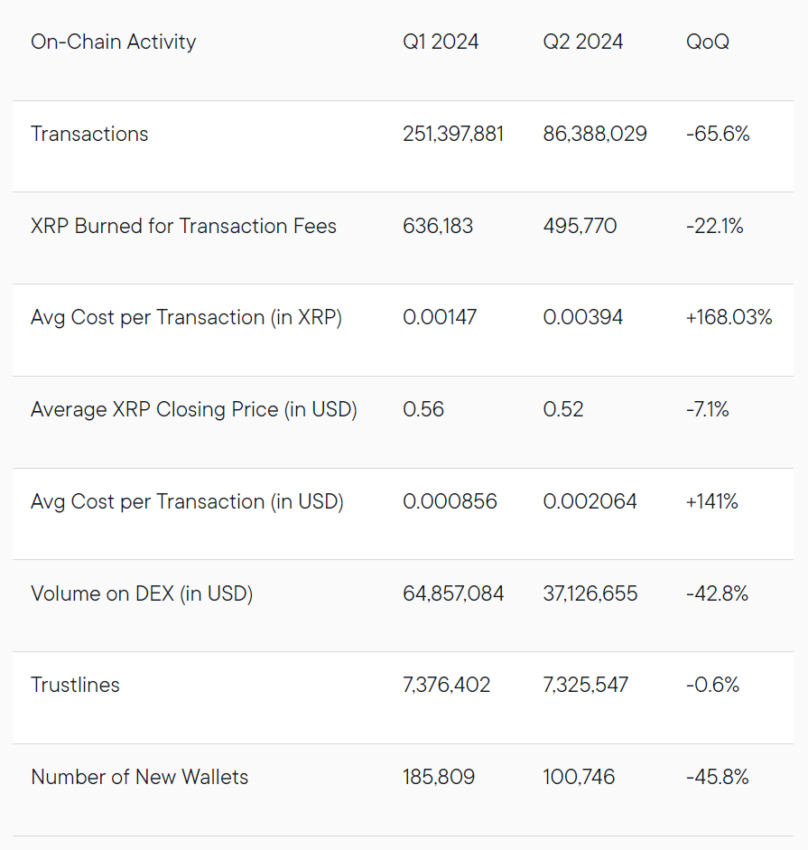
Furthermore, Edwards remarked that the challenges of tokenization are beyond the XRPL itself. He acknowledged that one of the biggest challenges in tokenization is its long-term nature. According to him, this requires patience and gradual ecosystem building.
“Tokenization is not something that can be done instantly. It’s not dependent on someone’s decision or ability to take an asset, write a piece of code, and store it somewhere, even if it’s a blockchain or whatever. That’s actually a very simple process. It’s about building the ecosystem and connecting together these value chains,” he said.
Edwards emphasized that financial institutions need immediate, tangible returns. This means each step in the tokenization process must deliver short-term value while setting the foundation for long-term growth.
He also noted that this requirement is a delicate balancing act that Ripple and the broader industry must navigate carefully. Furthermore, Edwards highlighted that financial institutions must play a key role in getting this balance right, as their participation is critical for the success of the tokenization ecosystem.
Read more: RWA Tokenization: A Look at Security and Trust
However, in the near term, Edwards believes that increasing demand and understanding the drivers behind tokenization will be essential. As the utilization of tokenized assets grows—moving beyond just purchasing and holding to broader use cases—the market will start to expand swiftly.
“We’re going to see, once that happens and unlocks, once there’s more utilization of these tokenized assets, rather than just purchase and hold, we’re going to start to see this area ramp up considerably. And it’s going to become critical to the future of the financial system,” he concluded.
Disclaimer
Following the Trust Project guidelines, this feature article presents opinions and perspectives from industry experts or individuals. BeInCrypto is dedicated to transparent reporting, but the views expressed in this article do not necessarily reflect those of BeInCrypto or its staff. Readers should verify information independently and consult with a professional before making decisions based on this content. Please note that our Terms and Conditions, Privacy Policy, and Disclaimers have been updated.
Market
How Did UPCX Lose $70 Million in a UPC Hack?
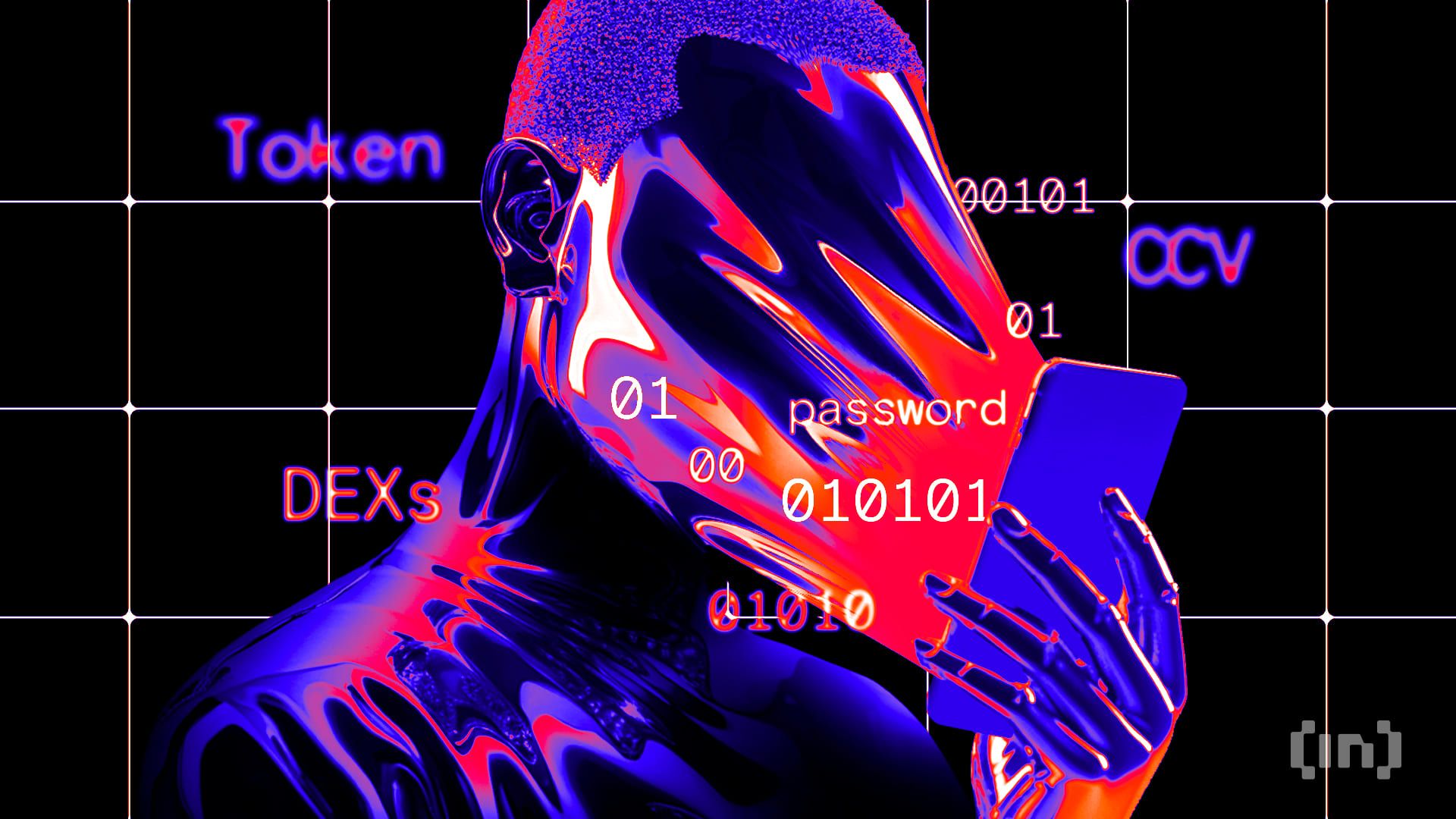
UPCX suffered a major hack today, with 18.4 million UPC tokens stolen from its management accounts. This amounts to about $70 million dollars, and the price of UPC fell drastically.
The hackers stole more UPC than is currently circulating in the markets and haven’t offloaded any assets yet. It is unclear who did this or how they will be able to secure their gains in other assets.
UPCX Suffers Major Hack
Cyvers, a crypto security firm that has tracked and uncovered several major crimes, identified a serious hack this morning. Multiple suspicious transactions took place involving UPCX’s management account, and the firm acknowledged suspicious activity. UPCX didn’t go into great detail, only describing a few security measures, but Cyvers showed the extent of the hack:
“It appears that someone gained access to the address 0x4C….3583E, upgraded the ‘ProxyAdmin’ contract, and executed the ‘withdrawByAdmin’ function, resulting in the transfer of 18.4 million UPC (approximately $70 million) from three different management accounts,” Cyvers claimed via social media.
UPCX is an open-source crypto payment system, and this hack may represent a serious blow to the company. According to CoinGecko data, the hackers stole significantly more UPC tokens than are currently available, which is around 4 million. Naturally, this caused the price to drop significantly, in an immediate drop of over 4%:
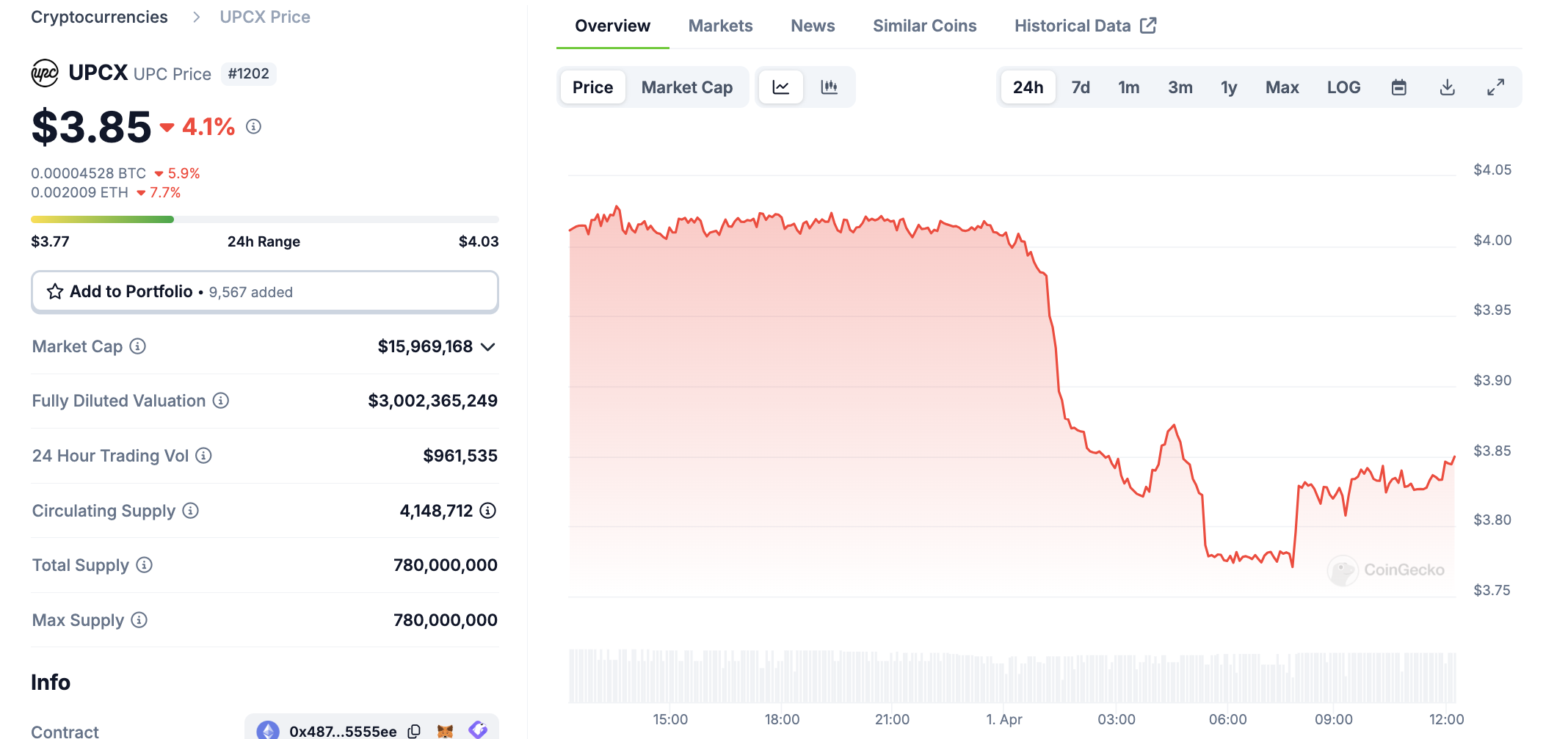
Although a $70 million hack will certainly damage UPCX individually, it’s unclear if it will actually impact the broader market much. The largest hack in crypto history took place a little over a month ago, and the community is still assessing the fallout. Meanwhile, UPCX is comparatively tiny; less than 10,000 X users viewed its post admitting to the security breach.
Since the UPCX hack took place, the recipient account hasn’t moved any of its UPC tokens. Indeed, it may be difficult for the perpetrator to convert these assets into usable fiat in the first place. If the hackers stole nearly 5x the amount of UPC tokens in circulation, any attempt to liquidate them will crash UPC’s token price even further.
Ultimately, the UPCX hack is strange for several reasons. Despite a large dollar amount, it hasn’t attracted a huge amount of buzz or impacted the market outside UPC. Hopefully, further analysis will identify the perpetrators, and possibly freeze the assets. Otherwise, the threat of a future sale could hamper UPC’s recover for the foreseeable future.
Disclaimer
In adherence to the Trust Project guidelines, BeInCrypto is committed to unbiased, transparent reporting. This news article aims to provide accurate, timely information. However, readers are advised to verify facts independently and consult with a professional before making any decisions based on this content. Please note that our Terms and Conditions, Privacy Policy, and Disclaimers have been updated.
Market
Ethereum Struggles to Break Out as Bear Trend Fades

Ethereum (ETH) enters the week with mixed signals as traders brace for tomorrow’s “Liberation Day” tariff announcement, a potential macro catalyst that could impact risk assets. While the BBTrend indicator remains deeply negative, it’s beginning to ease, hinting at a possible slowdown in bearish momentum.
On-chain data shows a slight uptick in whale accumulation, suggesting cautious optimism from large holders. Meanwhile, Ethereum’s EMA setup shows early signs of a trend reversal, but the price still needs to break key resistance levels to confirm a shift in direction.
ETH BBTrend Is Easing, But Still Very Negative
Ethereum’s BBTrend indicator is currently reading -11.66, slightly improved from -12.54 the day before, but still in negative territory for the second consecutive day.
The Bollinger Band Trend (BBTrend) measures the strength and direction of a trend based on how price interacts with the upper and lower Bollinger Bands.
A positive BBTrend suggests bullish momentum, with the price expanding toward the upper band, while a negative BBTrend indicates bearish momentum, with the price leaning toward the lower band. Typically, a value beyond 10 is considered a strong trend signal, making the current -11.66 reading a sign of continued downside pressure.

The persistent negative BBTrend suggests that Ethereum remains in a short-term bearish phase, with sellers still dominating the price action.
While yesterday’s slight uptick hints at a potential slowing of downward momentum, the indicator remains well below the neutral zone, meaning any reversal is still unconfirmed, despite Ethereum flipping Solana in DEX trading volume for the first time in 6 months.
Traders may interpret this as a warning to stay cautious, especially if ETH continues hugging the lower Bollinger Band. For now, price action remains fragile, and any bounce will need to be supported by a decisive shift in volume and sentiment to signal a meaningful reversal.
Ethereum Whales Are Accumulating Again
The number of Ethereum whales—wallets holding between 1,000 and 10,000 ETH—has ticked up slightly, rising from 5,322 to 5,330 in the past 24 hours.
While this is a modest increase, whale activity remains one of the most closely watched on-chain metrics, as these large holders often influence market direction. Whales’ accumulation can signal growing confidence in Ethereum’s medium—to long-term prospects, especially during periods of price uncertainty or consolidation.
Conversely, a decline in whale addresses typically suggests weakening conviction or profit-taking.
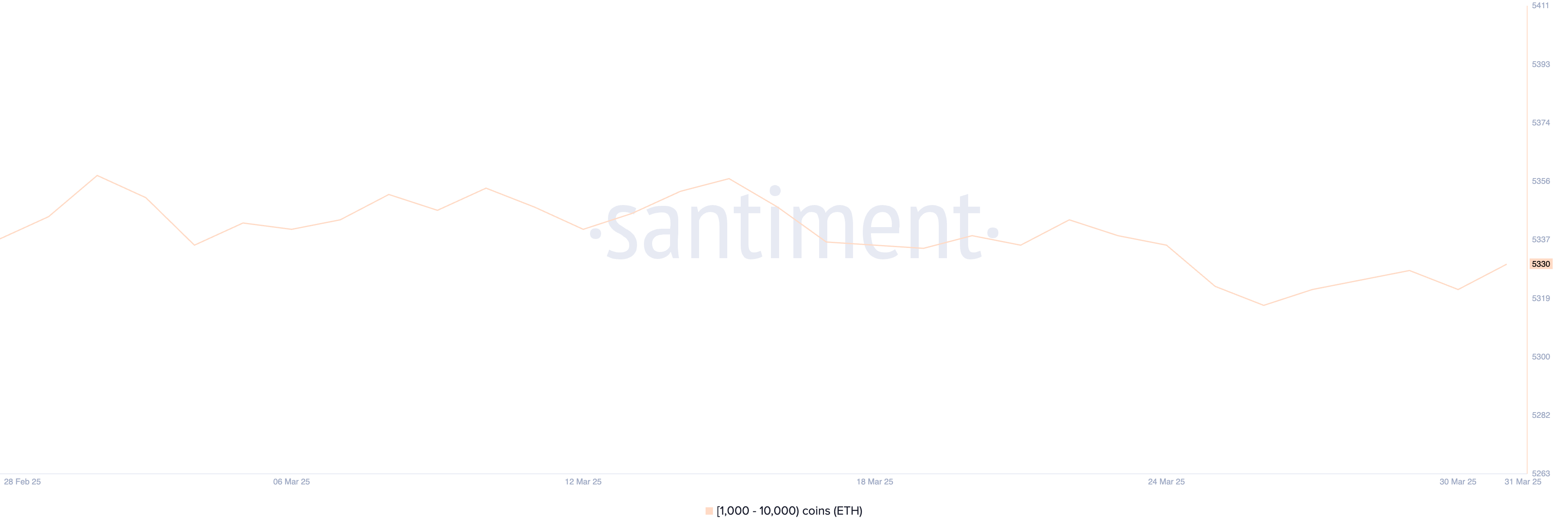
Although the recent uptick is a positive sign, it’s important to note that the current number of Ethereum whales is still below the levels observed in prior weeks.
This means that while some large holders may be re-entering the market, the broader whale cohort has yet to fully commit to an accumulation phase.
If the upward trend in whale numbers continues, it could support a bullish shift in sentiment and price. However, for now, the data points to cautious optimism rather than a decisive reversal.
Will Ethereum Break Above $2,100 Soon?
Ethereum’s EMA lines are showing early signs of a potential trend reversal, with price action attempting to break above key short-term averages.
If Ethereum price can push through the resistance at $1,938, it may signal the start of a broader recovery, potentially targeting the next resistance levels at $2,104, and if momentum builds—especially with supportive macro catalysts—increasing toward $2,320 and even $2,546.
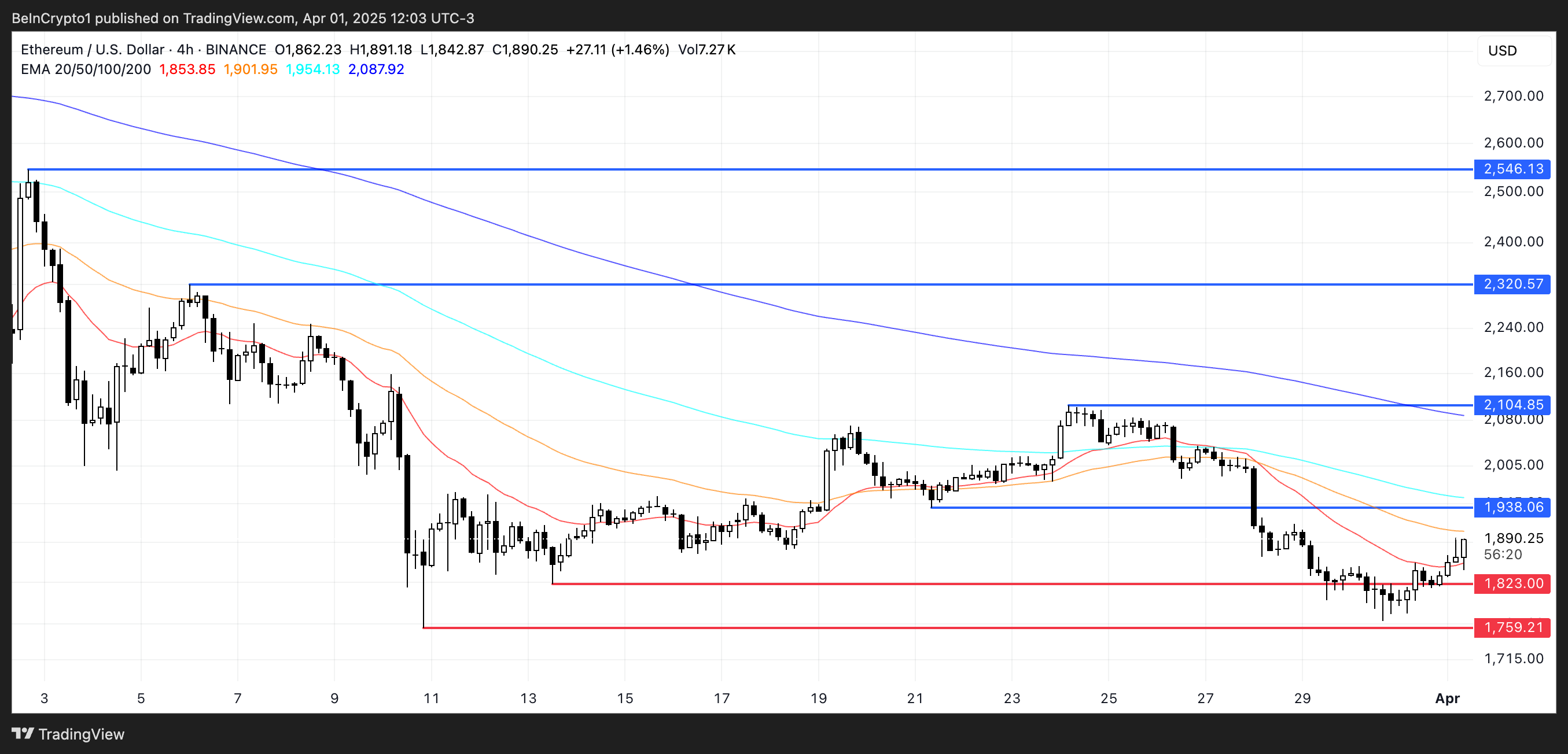
On the flip side, if Ethereum fails to maintain its upward push and bearish momentum resumes, the focus will shift back to downside levels.
The first key support sits at $1,823; a break below that could expose Ethereum to further losses toward $1,759.
Disclaimer
In line with the Trust Project guidelines, this price analysis article is for informational purposes only and should not be considered financial or investment advice. BeInCrypto is committed to accurate, unbiased reporting, but market conditions are subject to change without notice. Always conduct your own research and consult with a professional before making any financial decisions. Please note that our Terms and Conditions, Privacy Policy, and Disclaimers have been updated.
Market
Binance Megadrop Launches KernelDAO

Binance Megadrop has announced its fourth project – KernelDAO (KERNEL), a restaking protocol supporting three key tokens Kernel, Kelp, and Gain.
Introduced in 2024, Binance Megadrop is a token launch platform that provides users with early access to promising crypto projects before their official listing.
KernelDAO and Binance Megadrop: Overview
KernelDAO is a restaking protocol that allows users to repurpose staked assets (such as ETH or BNB) to participate in other protocols, maximizing yield. The protocol launched its mainnet in December 2024.
The KernelDAO Megadrop event kicks off on April 1, 2025, and lasts for 20 days, rewarding participants with KERNEL tokens. Kelp, a KernelDAO component, manages over $1.15 billion in Total Value Locked (TVL) across 10 blockchains, including Ethereum and BNB Chain.
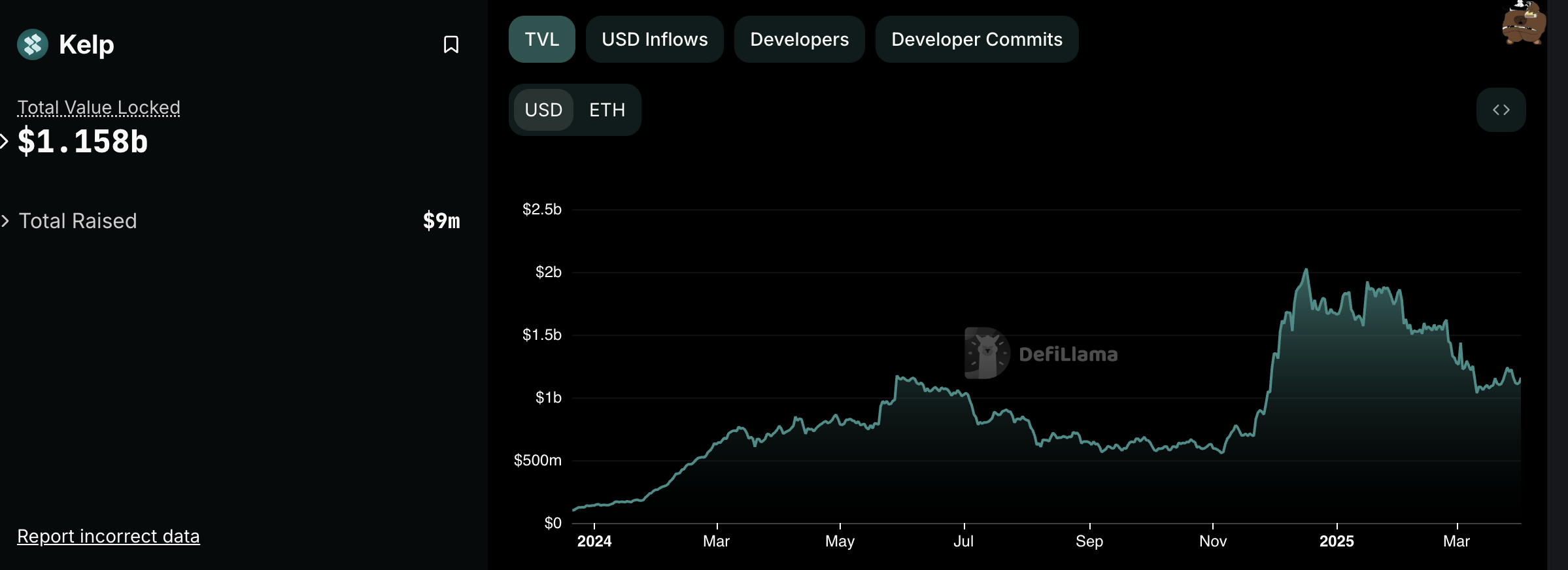
KernelDAO has a maximum supply of 10 billion KERNEL tokens. Binance has allocated 40 million KERNEL (4% of the total supply) for participants. Upon listing on Binance, the initial circulating supply will be 162,317,496 KERNEL (16.23% of the total supply).
After the Megadrop event, KERNEL will be listed on Binance Spot with trading pairs such as KERNEL/BTC, KERNEL/USDT, and KERNEL/BNB.
KernelDAO is the fourth project on Binance Megadrop, following Lista (LISTA) and Xai (XAI). Previously, Binance Labs invested in Kernel to build recovery infrastructure on the BNB Chain.
Binance’s inclusion of KernelDAO could contribute to the growth of the restaking sector. According to DeFiLlama, the total TVL of restaking protocols surpassed $15 billion in early 2025, with EigenLayer and Kelp leading the market.
With 40 million KERNEL tokens distributed through Megadrop, many participants may sell immediately after receiving their tokens, potentially creating downward price pressure. Additionally, increasing competition from protocols like EigenLayer could pose challenges for KernelDAO.
Additionally, not all projects listed on Binance have performed impressively. In 2024, Binance-listed tokens all fell, with 29 out of 30 tokens posting significant losses.
Disclaimer
In adherence to the Trust Project guidelines, BeInCrypto is committed to unbiased, transparent reporting. This news article aims to provide accurate, timely information. However, readers are advised to verify facts independently and consult with a professional before making any decisions based on this content. Please note that our Terms and Conditions, Privacy Policy, and Disclaimers have been updated.
-

 Ethereum23 hours ago
Ethereum23 hours agoEthereum May Have To Undo This Death Cross For Bull’s Return
-

 Market23 hours ago
Market23 hours agoBlackRock’s Larry Fink Thinks Crypto Could Harm The Dollar
-

 Market22 hours ago
Market22 hours agoCoinbase Tries to Resume Lawsuit Against the FDIC
-

 Altcoin22 hours ago
Altcoin22 hours agoCharles Hoskinson Reveals How Cardano Will Boost Bitcoin’s Adoption
-

 Market21 hours ago
Market21 hours agoHedera (HBAR) Bears Dominate, HBAR Eyes Key $0.15 Level
-
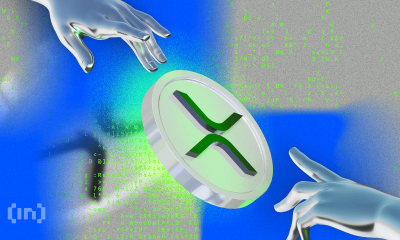
 Market24 hours ago
Market24 hours agoXRP Bears Lead, But Bulls Protect Key Price Zone
-

 Altcoin23 hours ago
Altcoin23 hours agoEthereum Bitcoin Ratio Drops to Record Low, What Next for ETH?
-

 Market20 hours ago
Market20 hours agoThis is Why PumpSwap Brings Pump.fun To the Next Level




